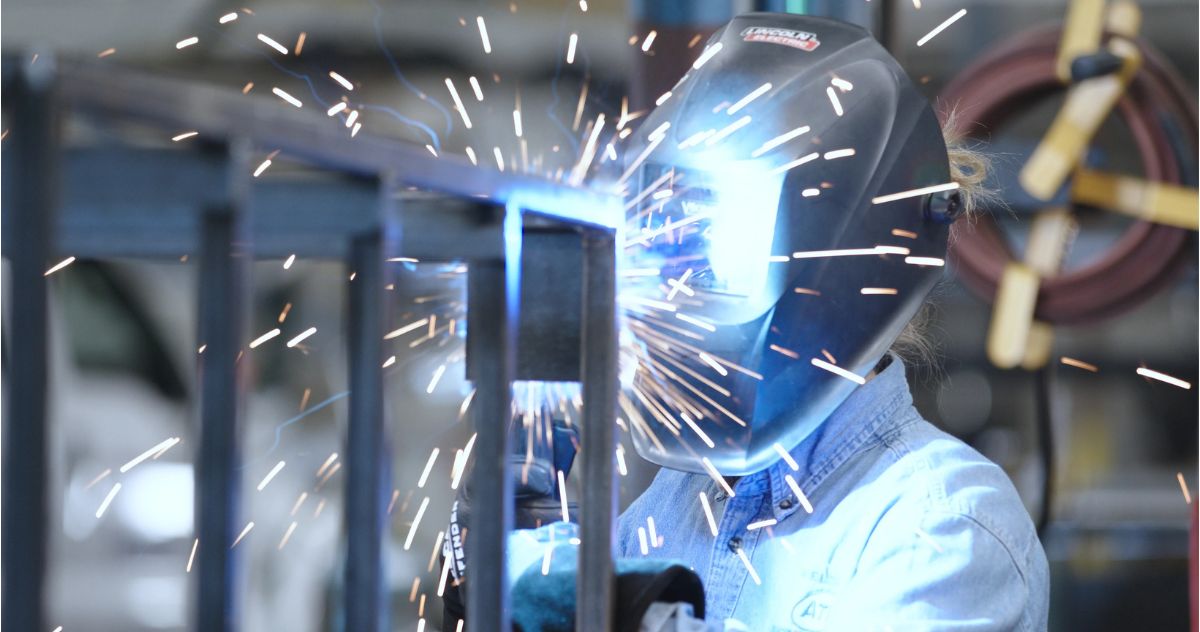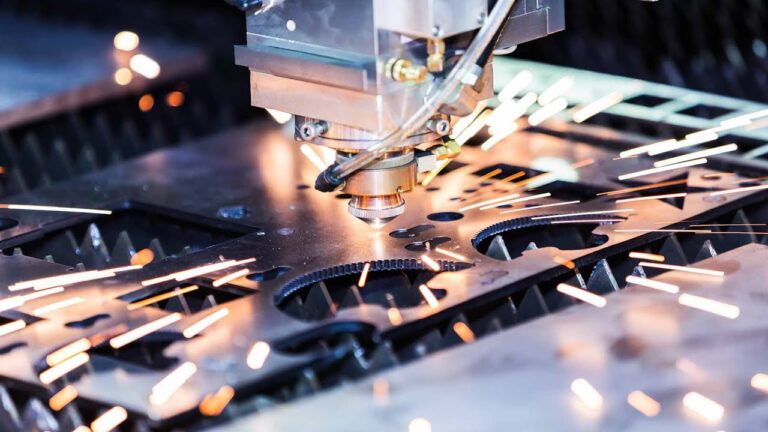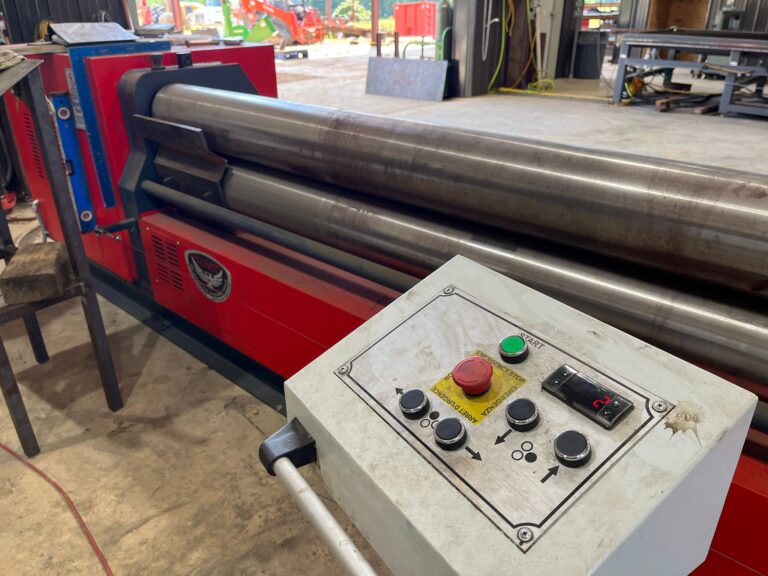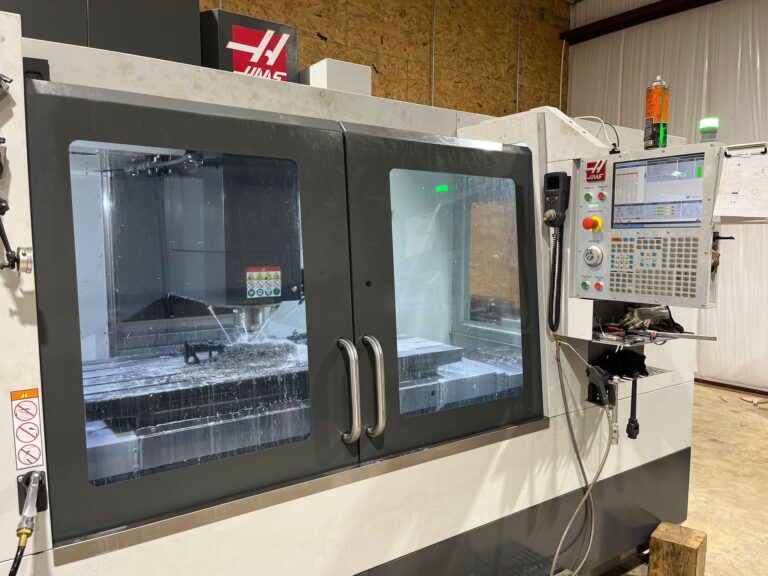Welding is a vital process used in construction, manufacturing, and engineering. It involves joining materials, typically metals or thermoplastics, using high heat, pressure, or both. In modern construction, welding has become an essential technique for building durable and robust structures. This article explores the significance of welding services and how it benefits the construction industry today.
What Is Welding?
It is the process of fusing two materials together using heat, pressure, or both. This process forms a strong bond between the materials, which can be stronger than the original material itself. Welds are used in various industries, including construction, automotive, aerospace, and more. Reliable welding services are essential for ensuring the strength and durability of critical structures in construction projects.
There are several types of welding techniques, including arc welding, MIG welding, TIG welding, and spot welding. Each method has its own set of advantages, making it suitable for different applications. The most common welding processes in construction are arc welding and MIG welding, which are used to join steel beams, pipes, and other essential components of buildings and infrastructure.
Types of Welding Techniques
- Arc Welding
Arc welding is one of the most common welding processes. It uses an electric arc to melt the base materials and a filler metal. This process is often used for construction projects because it provides a strong and durable joint. It is ideal for welding thick metal components like structural beams. - MIG Welding
MIG welding, or Metal Inert Gas welding, is another popular technique. It involves using a continuous wire feed to create a weld joint while simultaneously using an inert gas to shield the weld from contamination. - TIG Welding
TIG welding, or Tungsten Inert Gas welding, is a more precise method used for welding thin materials. It uses a non-consumable tungsten electrode and an inert gas to protect the weld pool. TIG welding is often used for projects that require high-quality finishes, such as in the aerospace or automotive industries. - Spot Welding
Spot welding involves joining two metal surfaces by applying heat and pressure at specific spots. It is typically used for smaller-scale construction projects or for assembling parts in manufacturing.
Each technique offers unique benefits, depending on the materials being used and the complexity of the project.
Benefits of Welding in Modern Construction
- Strength and Durability
One of the main benefits of welding is that it creates a joint that is stronger than the base materials themselves. In construction, this is critical for ensuring the structural integrity of buildings, bridges, and other infrastructures. - Cost-Effectiveness
Welding is often more cost-effective than other methods of joining materials, such as bolting or riveting. It eliminates the need for extra components, like bolts or fasteners, and is typically faster to perform. This can lead to significant savings in labor and materials for construction projects. - Flexibility in Design
It allows for a high degree of flexibility in design. Complex structures and shapes can be created more easily with welding than with other joining methods. This is particularly useful in modern construction, where unique and custom-designed buildings are in demand. Welding services enables the construction of intricate and complex architectural features. - Improved Safety
It provides a strong and reliable joint, reducing the risk of failure in critical parts of a structure. In construction, safety is a top priority, and it ensures that components like beams, columns, and supports are firmly secured. This helps to prevent accidents and increases the overall safety of the building.
Welding Applications in Modern Construction
Welding is used in various aspects of construction, from building foundations to the creation of exterior facades. Some key areas where welding plays a crucial role include:
- Steel Frame Construction
Steel frame construction is a common method for creating tall buildings and skyscrapers. Welding is used to join steel beams, columns, and girders, creating the structural framework of a building. - Bridge Construction
It is essential in bridge construction, where large steel beams and supports must be joined to create a safe and durable structure. The welding process ensures that the joints are secure and able to handle the heavy loads that bridges are subjected to. - Piping Systems
Welding is also used in the installation of piping systems in construction. Whether for water, gas, or sewage, pipes must be securely joined to prevent leaks and ensure proper flow. It is an effective way to create strong, leak-proof joints in these systems. - Metal Fabrication for Structures
In addition to structural elements like beams and columns, it is also used to create custom metal components for a building. This can include staircases, railings, and supports, all of which need to be welded together for strength and durability.
Conclusion
Welding is an essential process in modern construction, offering significant benefits like strength, cost-effectiveness, and design flexibility. It plays a critical role in building steel structures, bridges, and piping systems, helping to create safe, durable, and cost-efficient projects. Whether it’s joining materials or creating custom components, welding is a key technique that drives the construction industry forward.





